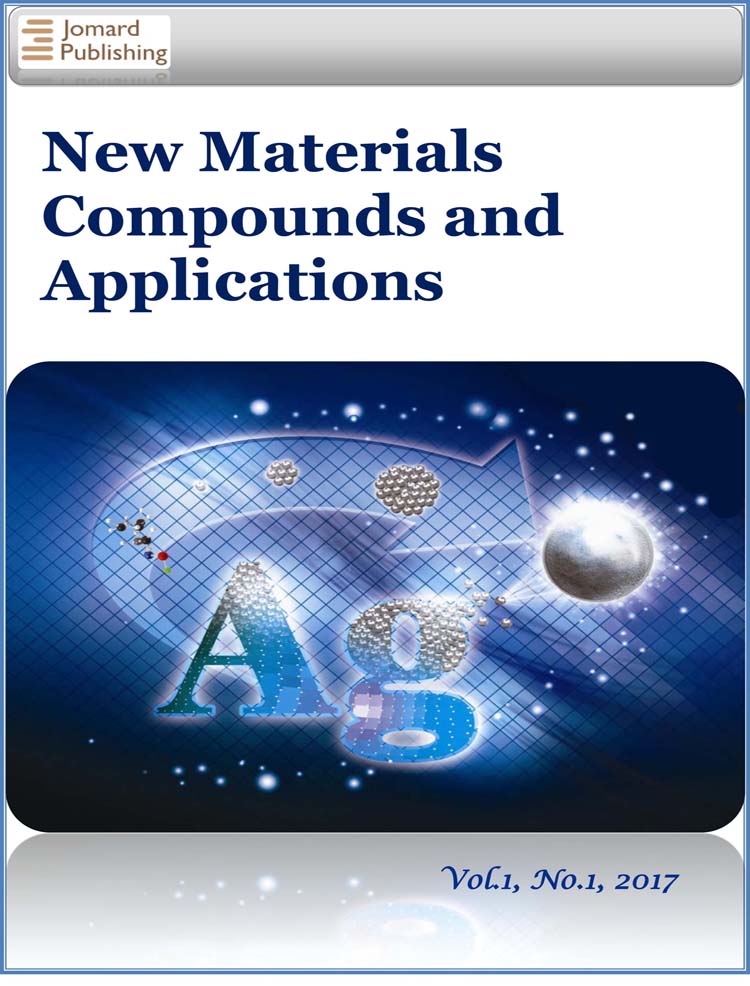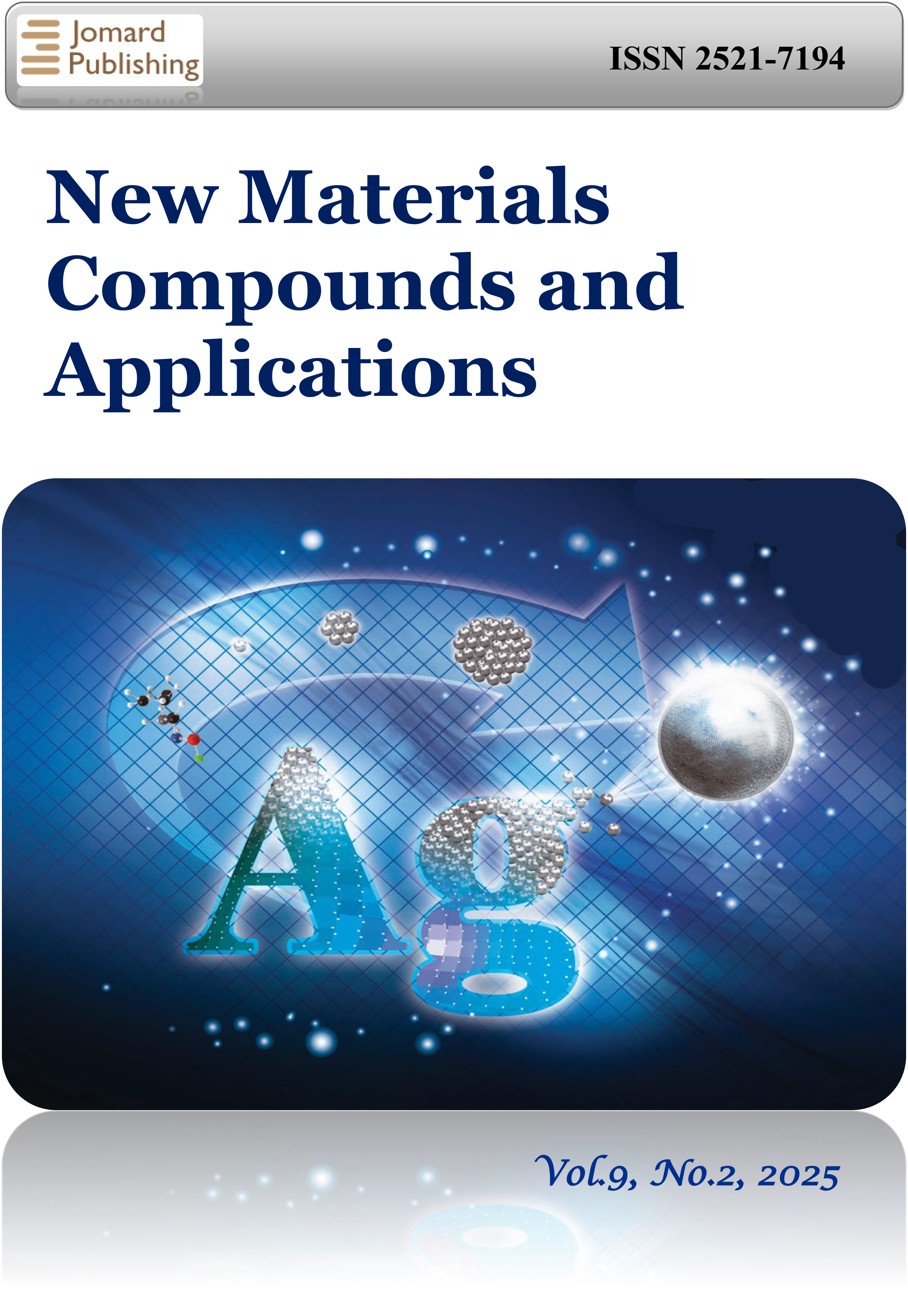Preparation Methods and Properties of PVC Based Nanocomposites
- Published: 04-08-2025
Share
Polyvinyl chloride, or PVC, is a thermoplastic polymer that has found broad use in industrial settings. Numerous characteristics, including high tensile strength, biodegradability, extensive surface area, chemical stability, low weight, durability, affordability, and availability, contribute to PVC's potential. Pure PVC's low thermal stability and brittleness, however, prevent it from being widely use; as a result, PVC modified with metal oxides and carbon nanofillers could significantly expansion its mechanical strength, thermal stability, biocompatibility, surface area, conductivity, and other properties. Additionally, the great performances of nanocomposites in a variety of fields are ascribed to the reformed properties that arise from the chemical and physical interaction between the polymer and functionalized nanofillers as well as the nanofillers' good dispersion ability on the polymer matrix. In order to aid future advancements in this sector, this work attempts to provide an overview of the characterization and preparation of nanocomposites of PVC.
- View 828
- Downloads 129
- Saveds 0
- Citations (Crossref) 0



